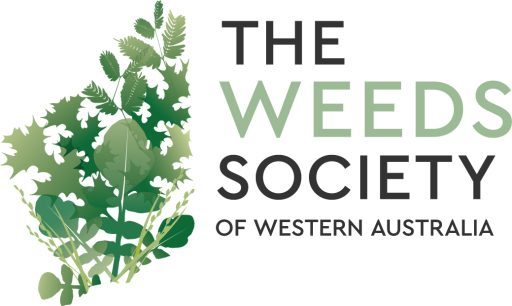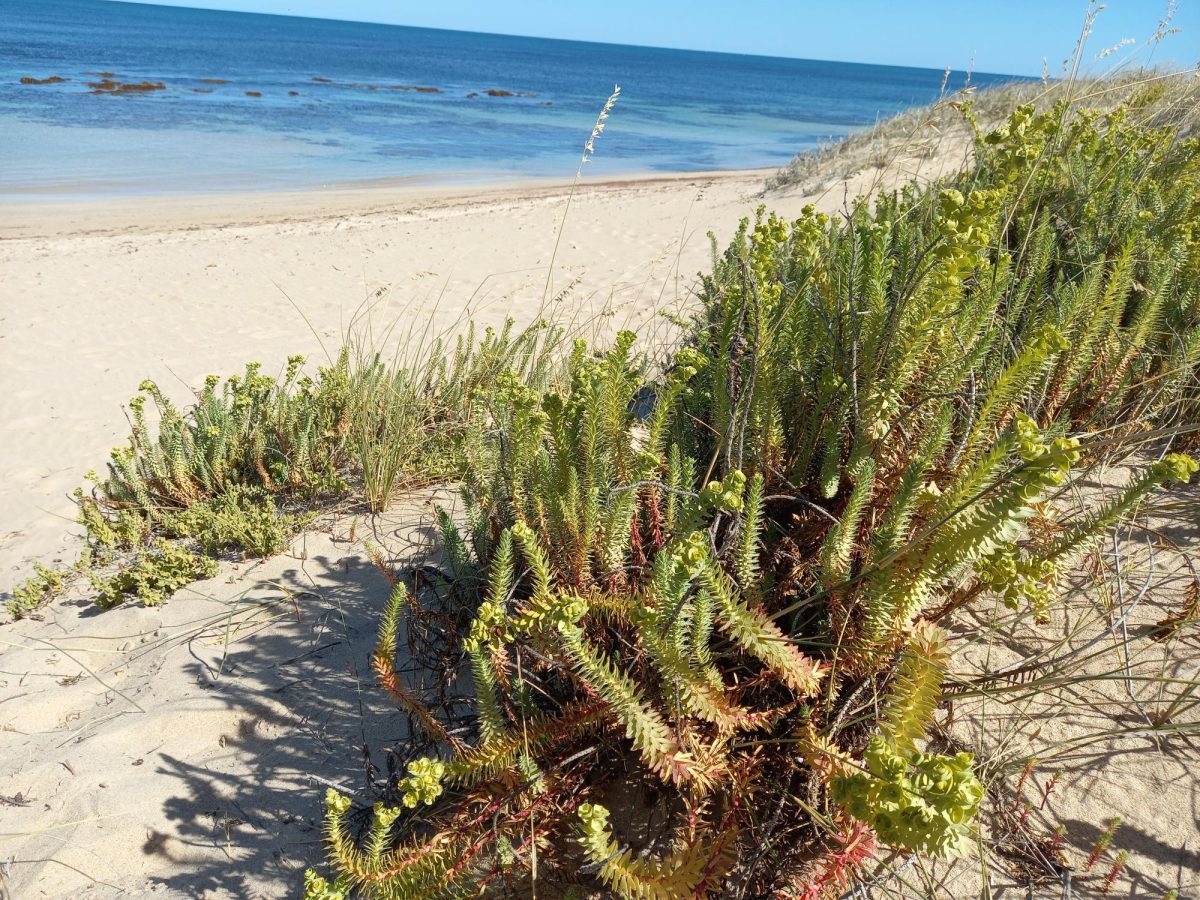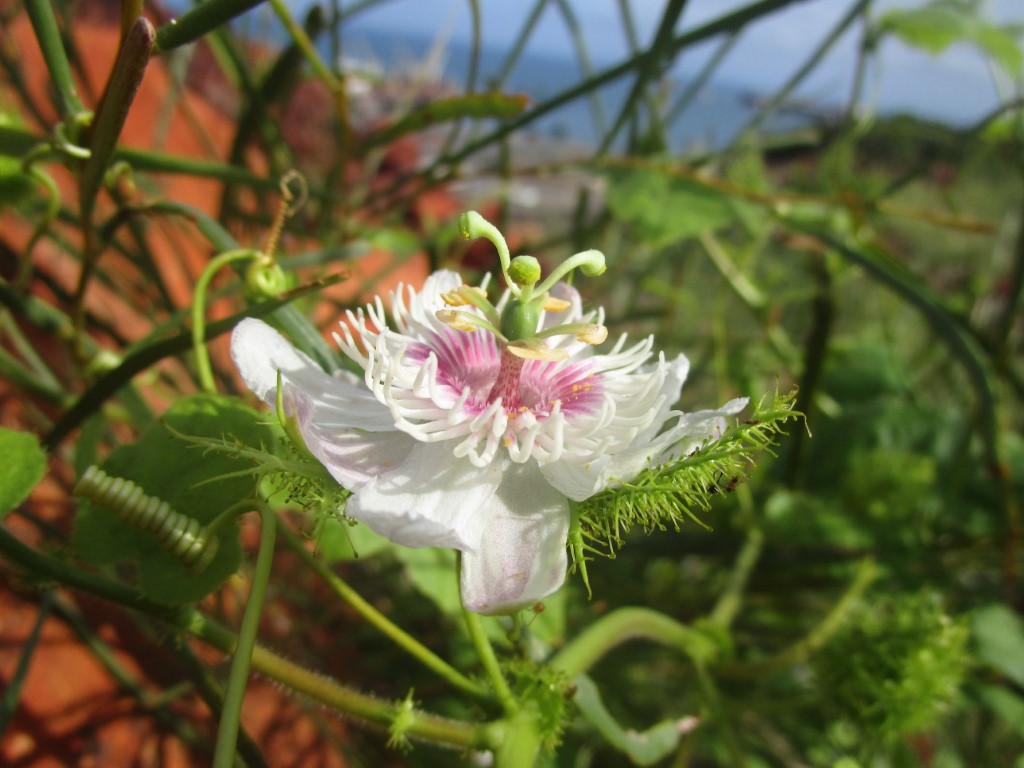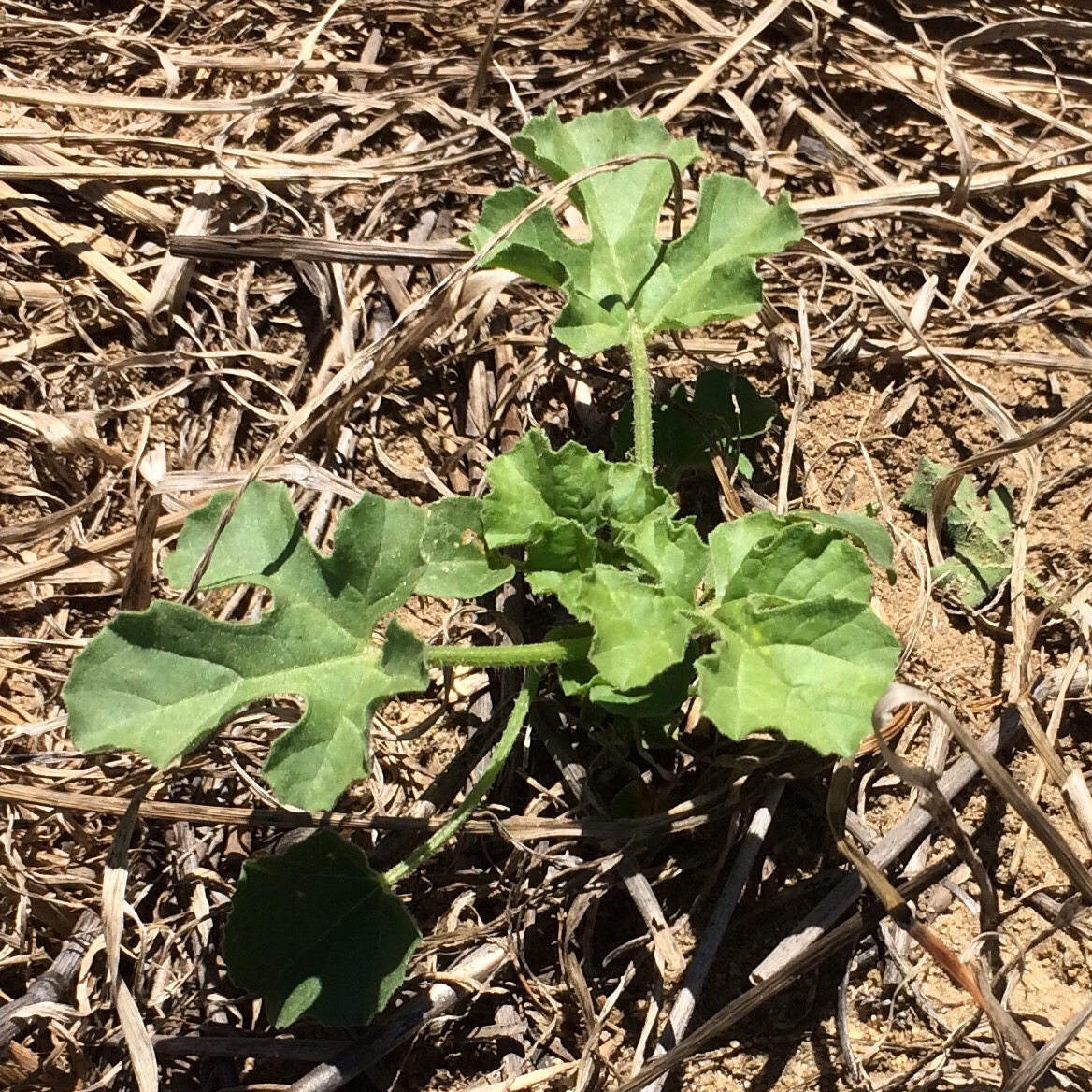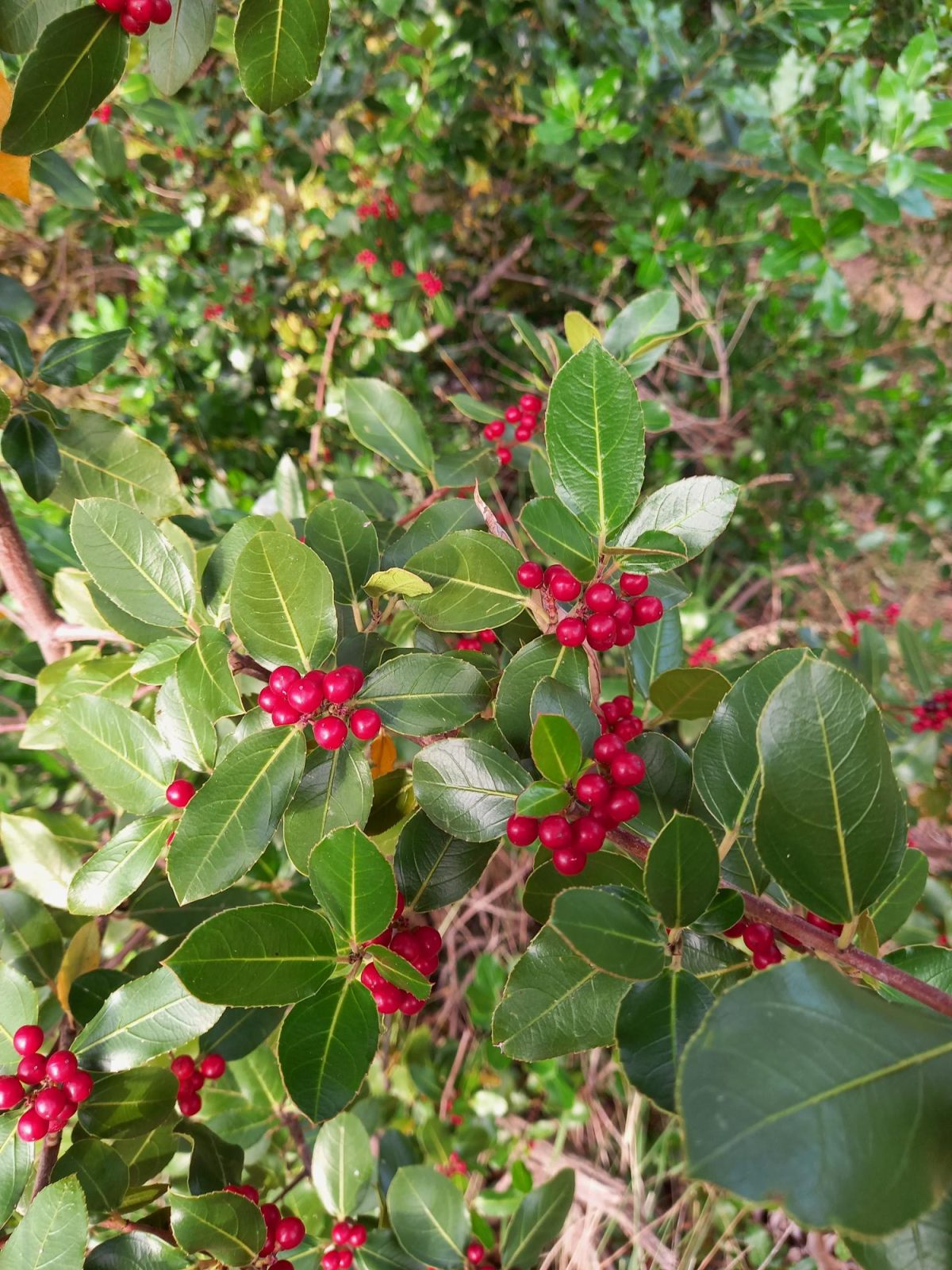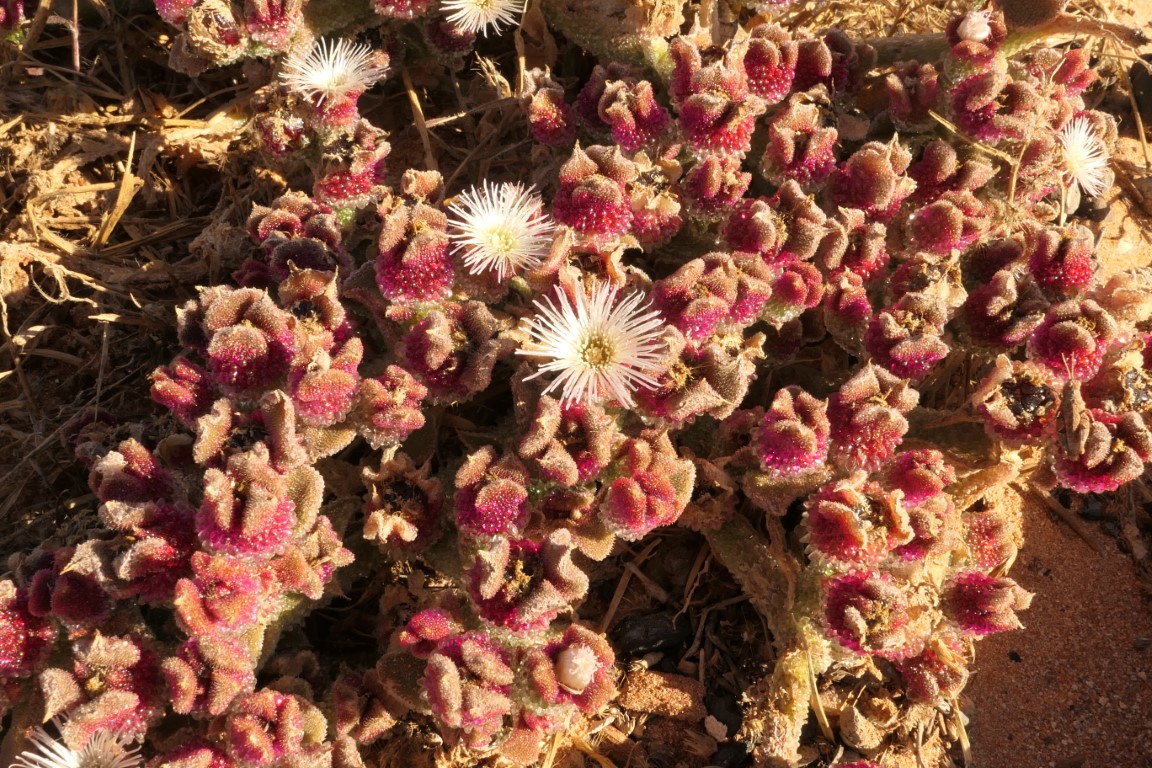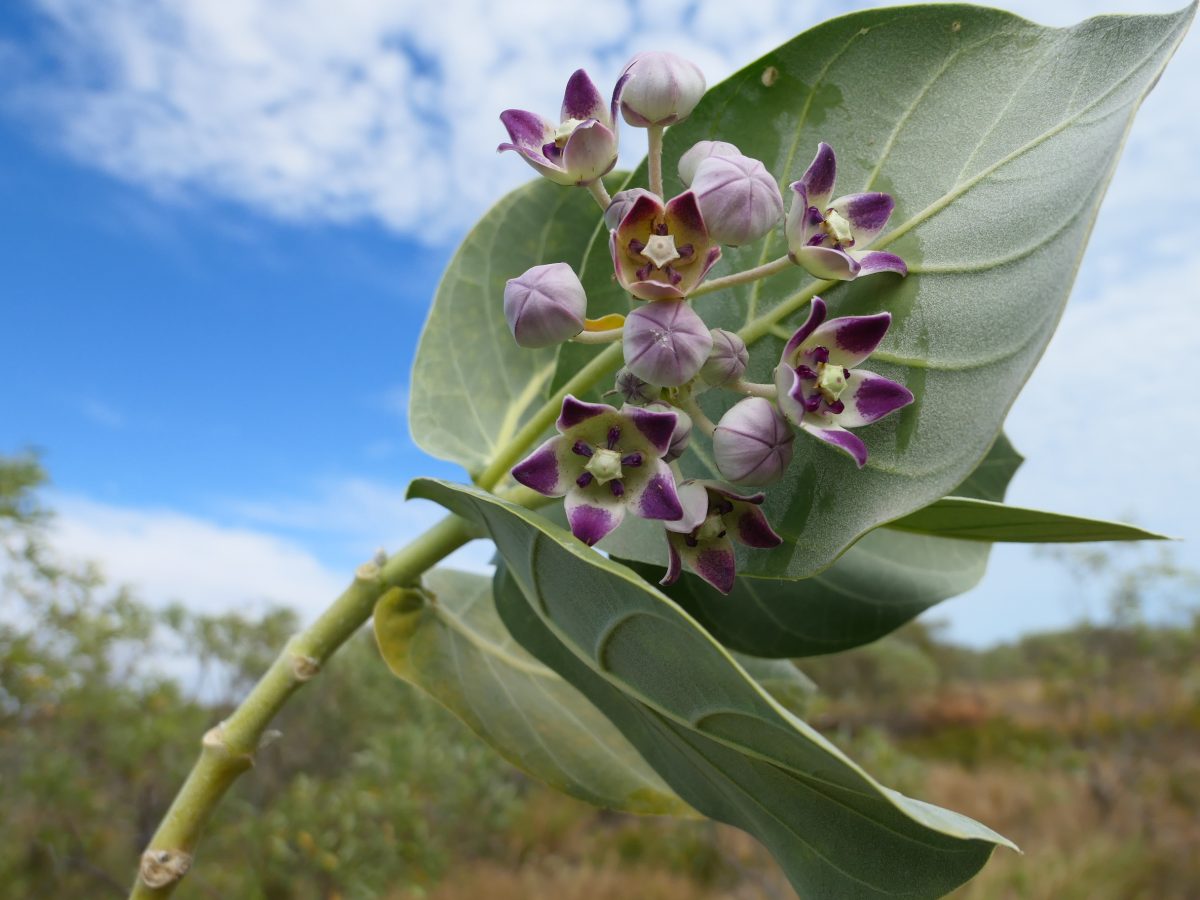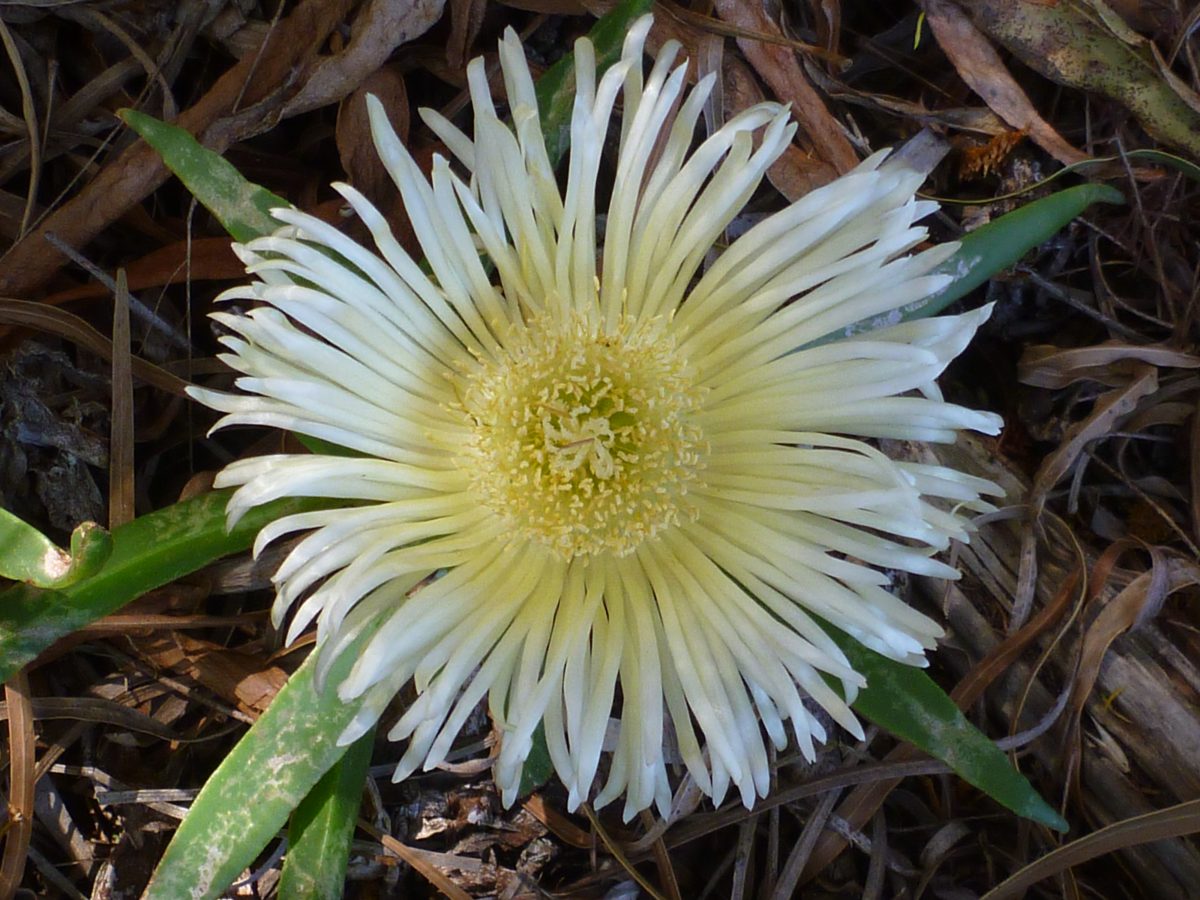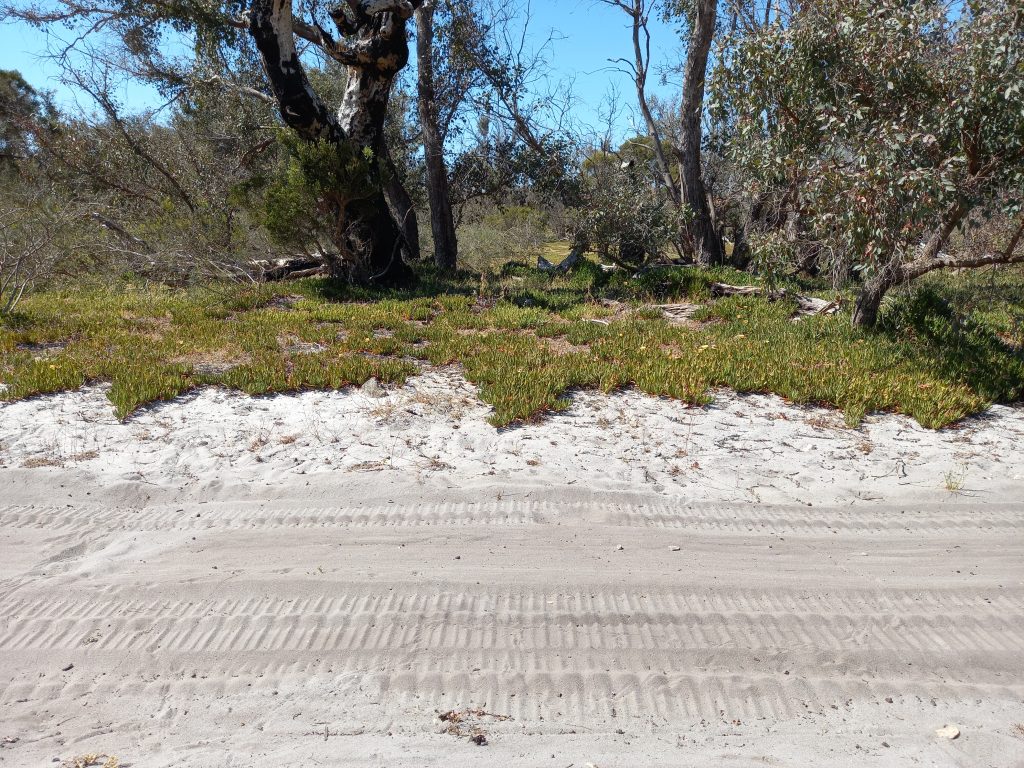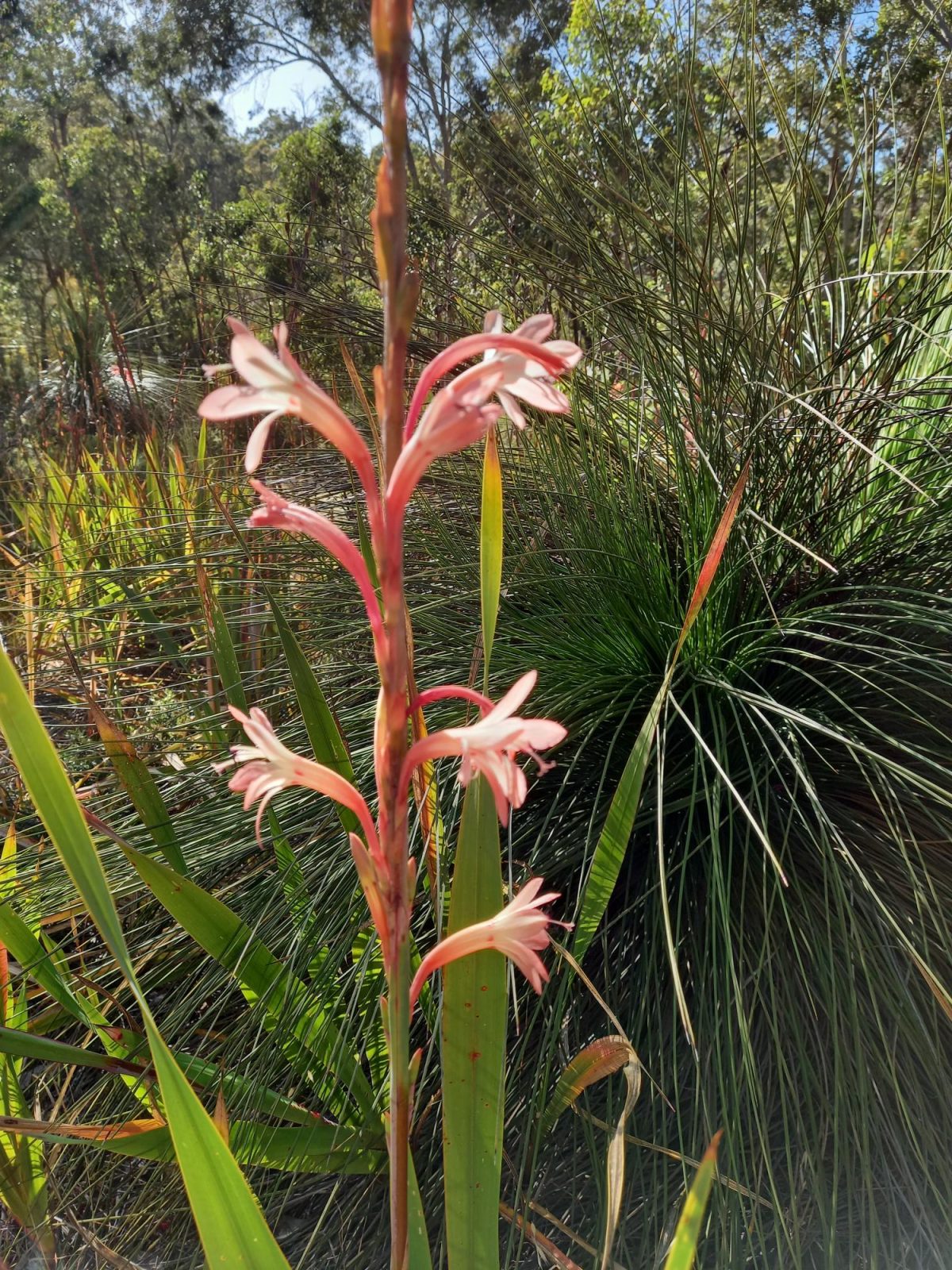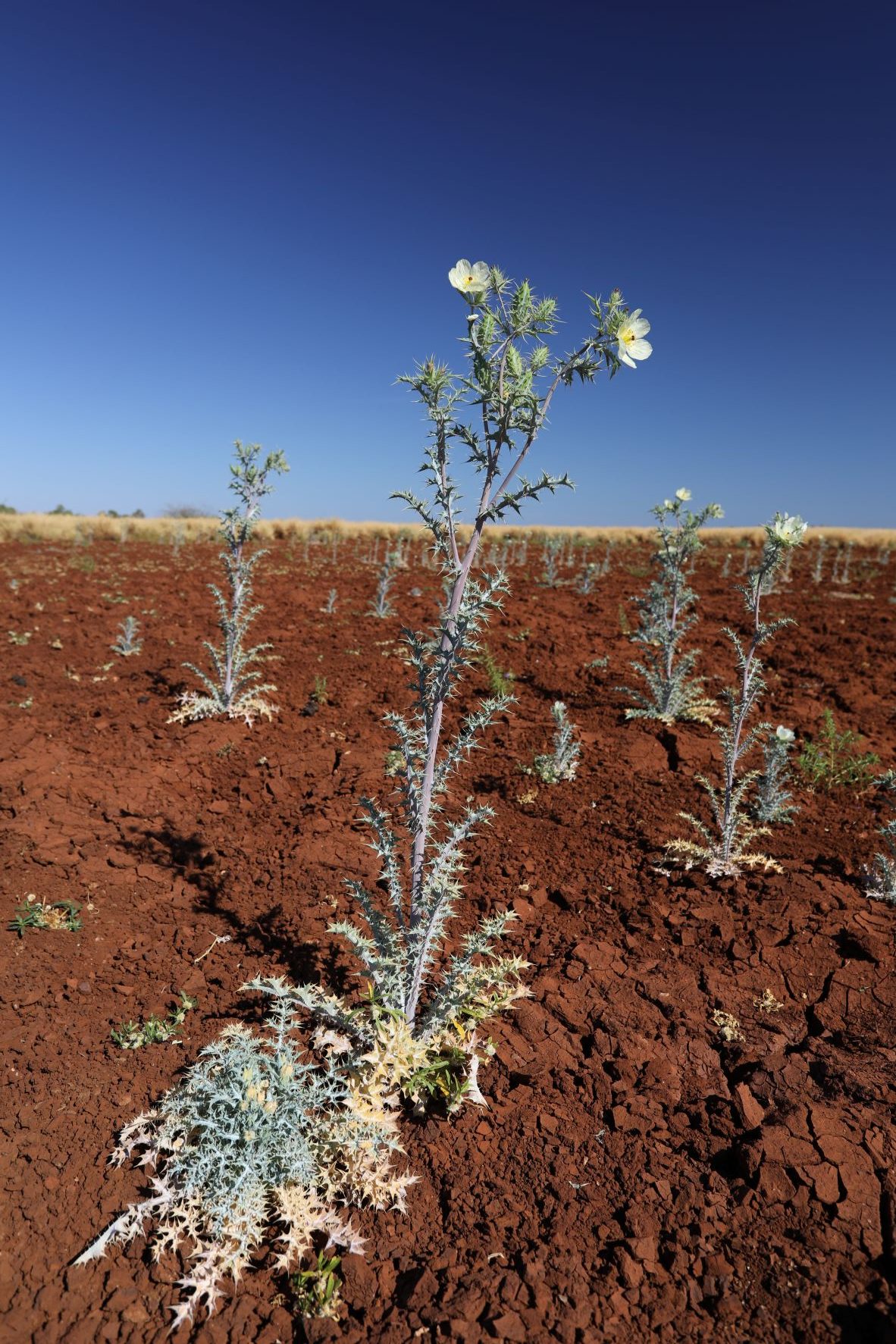Andrew Mitchell, WSWA Secretary
Reflections and recollections on the 22nd Australasian Weed Conference;
Adelaide 25-29 September 2022

This 22nd Australasian Weed conference was originally planned for 2020 but had to be postponed due to COVID. It was a time of serious stress for the organising committee. After it was first postponed, the original events organising company decided they couldn’t do the job and the South Australian committee had to engage another company and pick up all the pieces. Later, the committee had the perennial worry of not enough participants but there was a communal sigh of relief a month prior to the start of the conference, when there were 300 plus registrations.
The conference was held at the various meeting rooms in the Adelaide Oval [building], which is adjacent to the River Torrens in downtown Adelaide. The Adelaide CBD is on the other (south) side of the Torrens and the University of Adelaide is adjacent, as is the Botanical Gardens and North Adelaide. There is a lot of accommodation in this area. The only drawback to the Adelaide Oval was that the 4 meeting rooms were not all together and involved a 5 minute walk from one area to another. There were 2 breakout areas and one was used for meals and commercial displays and the other held the event organising office and poster displays.
The conference proper lasted 3 days with a plenary session for an hour and half at the start of each day with three speakers. Some conferences I have been to have plenary sessions that last half a day but as these were split over three days and they were all significant speakers that gave presentations of particular aspects of weed science; for example Rick Llewellyn CSIRO Adelaide, presented on the current and future developments in weed control. Most of the various crystal ball gazing in this conference revolved about being able recognise weeds from their spectral signature and restricting herbicide use to the weeds. Traditional Owners from the Adelaide area were significant participants in the last plenary session and in other parts of the conference and described how they were rehabilitating a swamp that had been cut off from its water source and infested with weeds.
A key feature of the conference format was that all presentations (oral and poster) were pre-recorded and available online. This change was introduced to ensure that participants would have access to presentations if COVID prevented travel. However, it is a feature worth preserving. It ensured that it did not matter which presentation you attended- you could see them all in the weeks after the conference if you so desired. The Proceedings are now available.
The Council of Australasian Weed Societies (CAWS) gives a medal at each Australasian Weeds conference to a person who has made significant contributions to weed issues. This year there were two outstanding candidates; Dr Louise Morin and Associate Professor Michael Walsh, who the CAWS committee considered were both well-deserved recipients. The committee not being able to choose one over the other, with the new CAWS president Rae Kwong awarding each a CAWS medals. Louise has had a long dedicated career in biocontrol whilst Michael has spent many years developing and promotion of, Harvest Weed Seed Control (HWSC), which significantly reduces weed populations in subsequent crops.
The presentations were run in three and sometimes four concurrent sessions that were organised by themes. CAWS ran group workshops and these were sometimes the main part of one of the concurrent sessions. My interests and experience lie in environmental, rangelands, tropical weeds and their early detection. The stand out developments for me at the conference was the extent of the cacti infestations in eastern Australia and the variety of responses to them. We were shown how important it is to have an understanding of the social forces in an area when organising a district wide control program.
I was frightened by the extent of the Hudson-Pear and Wheel-cactus infestations in eastern Australia. The Goldfields in WA have a serious problem with Coral-cactus near Leonora and no one reported on the situation here. The entomologists have worked out that there are races of Cactoblastis moth and Cochineal bug (it’s a mealy bug) that are specialised to each cactus species.
Glass houses have been built to grow these cacti, where these insects have been bred up and spread by the land holders that want them. One organisation is offering landholders, a bucket of infected cacti if you bring in a bucket of uninfected cacti. The landholders then have to go and put the infected cacti segments out on their properties. The importance of social settings for weed control programs was rammed home to us by Sonia Graham, University of Wollongong in combination talks about the successes and failures of various cactus control projects.
Siam Weed (Chromolaena odorata) has been found in the top end of the NT south of Dundee Beach and unfortunately a delimiting survey has found that it is much more widespread than originally thought and it will not be possible to eradicate it. A stem galling fly that attacks Siam Weed has finally been introduced to north Queensland.
Eradication has been achieved in the NT for an outbreak of Cabomba in Palmerston and below the Darwin River Dam through an ingenious use of herbicide in combination with a novel underwater camera monitoring system. They were lucky that the main Cabomba infestation was wedged between the Darwin River Dam and its salt water estuary
The eradication of Striga asiatica in north Queensland is looking promising.
Grass weeds received significant coverage and ranged from a presentation about a new program that will attempt to rein in the spread of Gamba Grass in the NT. Unfortunately I think that horse has bolted. Has it been eradicated in the Kimberley?
We were told that the diversity of native plants and animals in Central Australia is being badly affected by Buffel Grass, due to it forming monocultures and as a result, there are no animals to hunt or available food plants. Buffel Grass continues to be controlled in South Australia where a number of new grass weeds have been recorded.
Results of a survey for biological control agents for African Lovegrass (Eragrostis curvula) in Africa did not appear to be promising at this stage.
We were told that a large proportion of newly establishing weed species seem to be the progeny of highly selected garden plants. This maybe because they are planted in large numbers in a range of areas. During the conference the “Garden responsibly” theme was launched as an alternative “to plant this, not that”, to promote responsible gardening that does not allow garden plants to jump the fence and become weeds.
I could not help compare the various State Government weed organisations, NSW were a stand out with large numbers of staff doing useful projects. Of the 320 participants, DPIRD had three staff at the conference.
There were 3 post conference tours;
- northern Adelaide Plains and the Barossa Valley wine region
- southern Adelaide Rivers and McClaren wine region
- Belair National Park and Adelaide Hills wine region
I went to the Belair National Park tour. Our first stop was at the Waite Institute, Adelaide University greenhouse where Dr Peter Boutsalis demonstrated how, for a fee, they test for herbicide resistance on freshly dug out weed samples sent in by farmers.
We then went to the escarpment of the Belair National Park to a grassy woodland where feral European Olives were being controlled using a stem injected herbicide. Nearby, we were then shown an area that had been invaded by weedy annual grasses. They had used a chemical, Esplanade, to suppress the germination of the weedy annual grasses but it didn’t kill the perennial grasses. Lunch was provided by volunteers at the park headquarters in an area that had been planted with a large number of exotics, many years ago. After lunch we walked from the bottom to the top of the escarpment, looking at the environmental weeds. Their main weeds were Boneseed (Chrsanthemoides monilifera subsp. monilifera) and Broom (Genista monspessulana). The hill was either sandstone or siltstone and there wasn’t a lot of exposed rock and the vegetation was a eucalypt woodland with a grassy understorey. There was no gravel and no myrtaceous heath, blackboys or sedges as per the Perth Hills. To end a very pleasant and interesting day, we were taken to a winery for wine and nibbles and then returned to Adelaide Oval.
This weed conference was an event that provided a wide range of interesting presentations, opportunities to network and was well organised, accommodated most interests and the catering was excellent. Many thanks to the Weed Management Society of South Australia.
